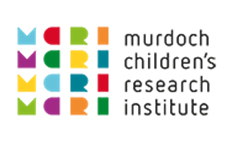RSTO Indicator Guide for early years services
- Published
- Tuesday, May 23, 2023 - 12:00 PM
We’ve undertaken extensive research to identify the quality, quantity and participation indicators that help to optimise the benefits of early years services for children and families.
The Restacking team is partnering with service providers and community-based early years initiatives to help them use the indicators to answer key questions including:
- Quantity: Are sufficient services available?
- Quality: Are we delivering high-quality services?
- Participation: Who is accessing our services?
The Indicator Guide contains RSTO’s framework of evidence-based lead indicators for five key early childhood services and strategies: antenatal care, nurse home visiting, early childhood education and care, parenting programs and the early years of school (P-3).
The framework of lead indicators can be used to:
- better measure service performance and enable more effective and efficient services (and avoid wasting time, money and effort on approaches that fail to deliver results)
- better respond to the needs of children and families in their community, especially those experiencing vulnerability and disadvantage
- learn and share with others striving to improve children’s outcomes
- capture evidence for insights, innovation and advocacy.
Restacking the Odds is a collaboration between the Centre for Community Child Health at the Murdoch Children's Research Institute, Bain & Company and Social Ventures Australia.
RSTO would like to acknowledge the support of project partners the Paul Ramsay Foundation and Seer Data.
We acknowledge the Traditional Owners of the land on which we work and pay our respect to Elders past, present and emerging.




